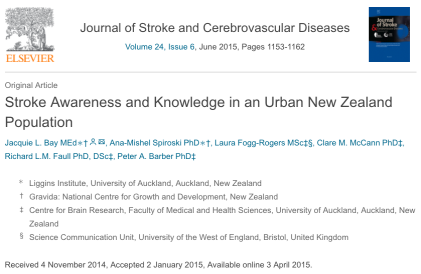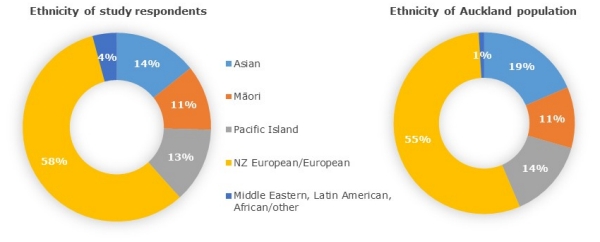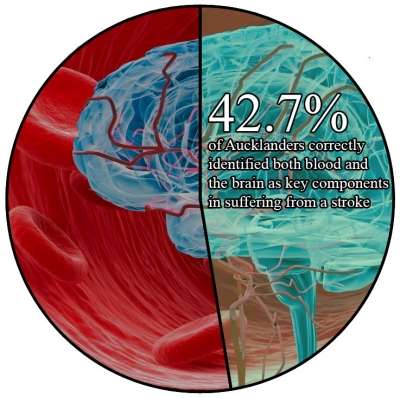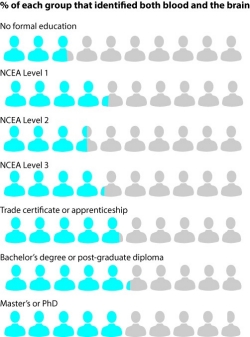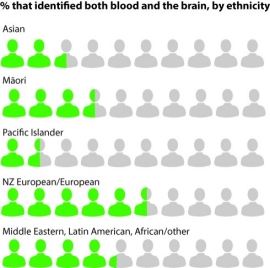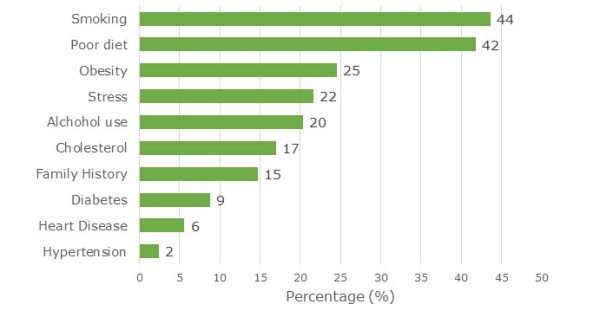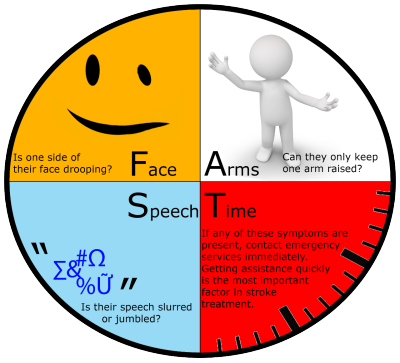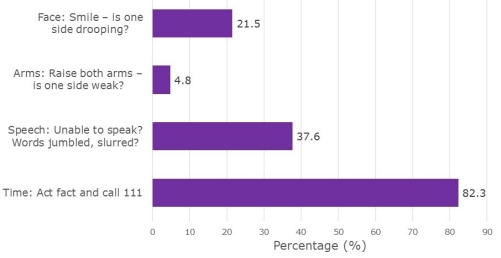850 Aucklanders aged 16 and over took part in this study.
We selected a range of participants so that overall those surveyed closely represented the demographic characteristics of the adult populationin Auckland; characteristics we used to do this included age, ethnicity, and level of formal educational achievement.
How did we know what the Auckland population looked like at the time of the study?
Statistics New Zealand undertake a nationwide population count every 5 years. This national census measures how many people and dwellings there are in New Zealand, and takes a snapshot of all people in New Zealand at that time and the places where they live.
Data is collected about items such as age, ethnicity, income, sex, religion, smoking behaviour, where we live, how many people we live with, transport and communication, volunteer activities, and many other things.
We used some of the basic information from the NZ Census (age, sex, ethnicity, and level of educational achievement), to identify the demographic characteristics of the wider Auckland population.
More information on the New Zealand population, as collected in the 2013 census, can be found on the Statistics NZ website.

